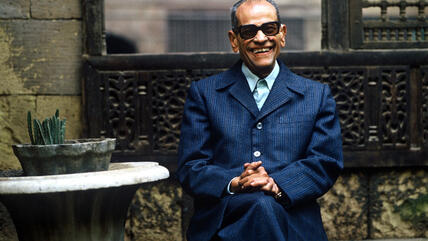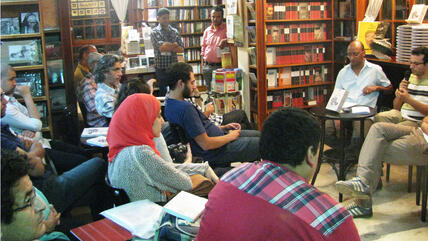Reframing a divided legacy
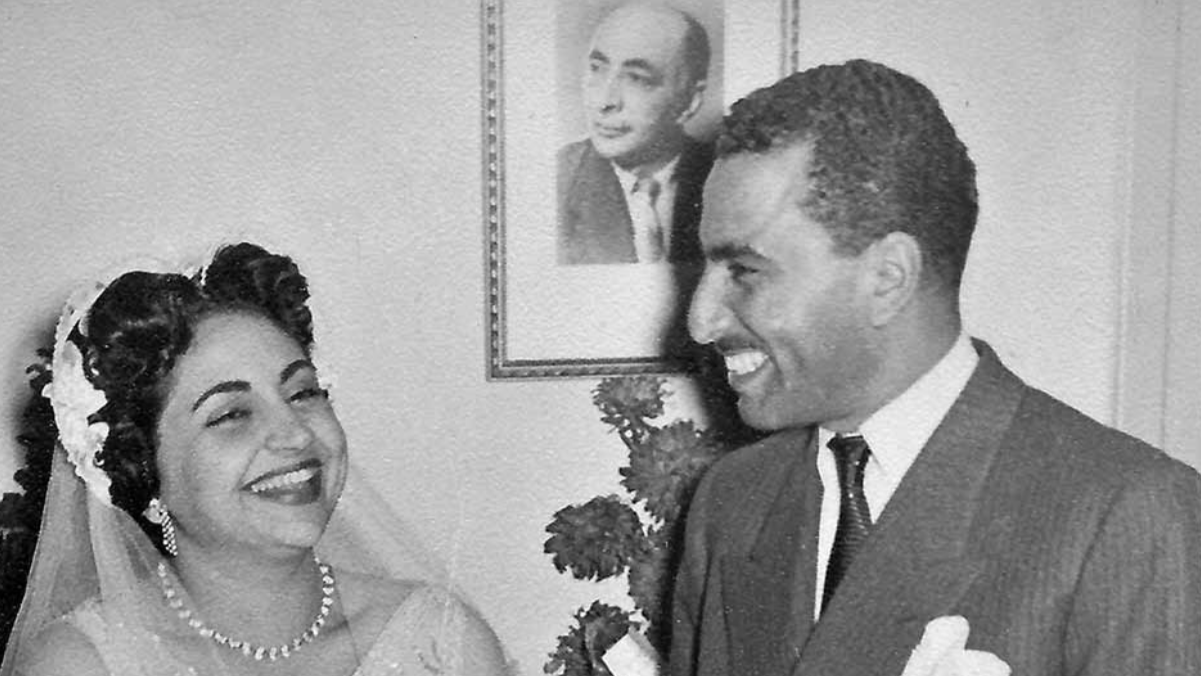
Samia Mehrez's "The Many Lives of Ibrahim Nagui: A Journey with my Grandfather" (translated from Arabic by Eleanor Ellis, January 2025) is as much the story of a haunting as it is a history.
Born in Cairo at the end of the 19th century, Nagui was a poet, translator and a doctor to those in need. He co-founded Egypt's influential Apollo Society for Romantic Poetry. Overlooked by critics during his lifetime, he achieved posthumous fame when an adaptation of his poem "al-Atlal" ("The Ruins"), was set to music and sung by Umm Kulthum.
Instead of bringing readers back in time to meet her grandfather when he was still alive (1898-1953), Mehrez, who is currently a professor of literature at the American University in Cairo, begins her story in 1981. In this opening scene, she is visited at her family home one day by Egyptian novelist Gamal al-Ghitani, who is startled to find a large portrait of Nagui hanging in the salon.
This photograph, that her "mother had enlarged... beyond all reasonable proportions," had become so ubiquitous to Mehrez that it was "present and absent at the same time." Upon learning that Nagui was her grandfather, al-Ghitani excitedly reels off the praise that Mehrez has heard "a thousand times over."
This is the first incarnation of Nagui’s ghost: a larger-than-life genius, a man with poetic prowess, a gentle heart and a wry sense of humour. Yet even here, Nagui’s ghost unsettles Mehrez. When al-Ghitani says, "You know, you look just like him," Mehrez takes it as an affront: "There was no possible resemblance, I told myself indignantly. To be sure, I was also relatively small in stature, but did I have that balding head, the stony gaze, the enormous nose, the strange thick lips?"
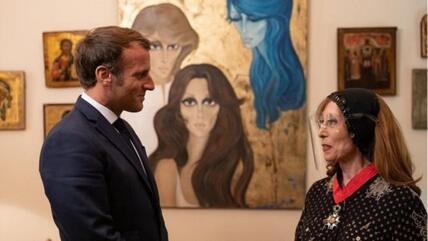
Where are the new Arab icons?
As the photo of Fairouz talking to French President Emmanuel Macron spread around the world, many asked if Arabs today had any contemporary stars of Fairouz's standing. In this essay for Qantara.de, Khaled Al-Khamissi answers this question and asks whether there is a place for up-and-coming stars in a world that is so hostile to creativity and originality
Throughout the book, Nagui’s ghost follows Mehrez around. These hauntings are not just figurative—she remembers séances held in the family salon when she was a girl, something that "many families did at that time as a form of entertainment in the evening." After her grandfather died, she wrote, they would summon his spirit, asking him banal questions like: "'What are we having for lunch today?' The pen would invariably come up with the right answer: ‘Molokheya’ [a classic Egyptian dish made from jute leaves]." As she grew up, she found there was so much more she wanted to ask him.
Two conflicting portraits of the same man
Nagui's ghost appears again in the classroom, through a school textbook that featured perhaps his second most famous poem, "al-‘Awda" ("The Return"), a more classically minded Romantic poem in the elevated style of the time. Mehrez describes the poem as "stuffy" and recalls that it made her "the butt of other children’s jokes." Its abstract language and archaic vocabulary made it hard for young readers to get anything from, and the textbook’s explications—which Mehrez reproduces—served only to make the poem more like a math problem than a work of art.
While this ghost might have spurred her to avoid poetry, Mehrez chose to study literature, so his spirit followed her until finally she turned to confront it. By this point, several ghosts float around her, created by echoes of societal acclaim, family memory, and his friends' and colleagues' biographies.
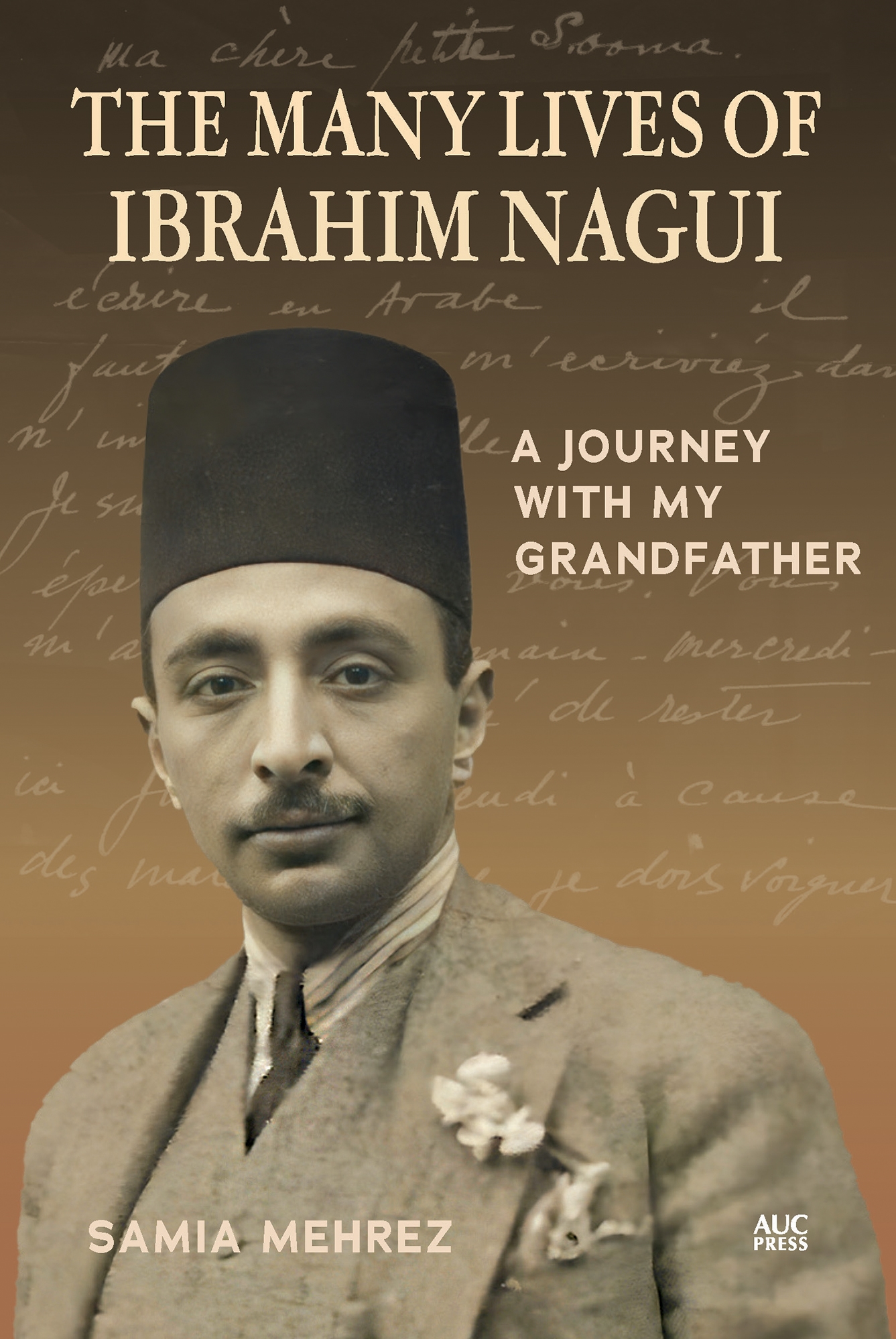
Two distinct incarnations seemed to contradict each other. According to many portrayals, Nagui was a rake of a poet inspired by a mystery muse, as well as his many dalliances with women. To others, he was a devoted family man.
This latter version was promoted by Mehrez's mother, who regularly shared selections of her parents’ correspondence with the press to refute the idea that their marriage was unhappy, or whenever someone emerged claiming to be Nagui's poetic muse. In 2003, Mehrez’s mother told al-Shabab magazine, "My mother and father lived the most romantic of love stories for 25 years".
As Mehrez interrogates these contradictory images of her grandfather—through his correspondence, the writings of his friends, and the papers her aunt Dawheya had collected—she finds a man who is neither quite one nor the other.
Nagui’s letters to his wife show how desperately he wanted a love story. Early in their marriage, he wrote her impassioned letters in French to which she scarcely wrote back, perhaps because she found French exhausting or she did not know how to respond to his florid writing. Their relationship was strained by the fact that she preferred to stay in Cairo rather than live full-time in Mansoura, where he worked.
Later, Mehrez brings some of her grandfather's other women into the story. As she does so, she continues to involve her mother, who she calls "the steward of this carefully curated legacy." Conversations with her grandfather’s ghost inevitably unravel her mother’s curation, and Mehrez has to balance her own desire to know the past with the ghosts’ need for privacy.
Bridging science and literature
While his readers and biographers have shown far more interest in his poetry—which is ultimately less interesting—than his scientific writing, a closer look through Nagui's oeuvre reveals a man dedicated to medicine and particularly interested in the relationship between bodily and mental health.
These are the "severed halves of Nagui's legacy," Mehrez writes. As a physician, Nagui treated the poor and, through his accessible books on medicine, sought to make specialist medical knowledge available to the masses.
His lifelong attempts to bridge science and literature were not appreciated by his superiors. He was first demoted and then, a year before his death, fired from his government position.
At the end of the book, Mehrez holds a new funeral for her grandfather. She describes the process of writing the final paragraphs as a difficult farewell, describing how she would repeatedly "begin to write and then leave off, knowing well what I wanted to say, but not yet saying it... like a guest who lingers too long and doesn’t want to go home."
Mehrez gives readers a vivid and authentic portrait of Nagui, his family and his milieu. But her book also raises questions about how we remember our past. There are descendants of Nagui who want to preserve his image as it is, while others find it embarrassing or "stuffy". Mehrez constantly reflects on how deeply history is embedded within families and communities, and how these communities need to be part of each re-telling.
The Many Lives of Ibrahim Nagui
Samia Mehrez (trans. Eleanor Ellis)
AUC Press 2025
Originally published in Arabic by Dar El Shorouk in 2021
© Qantara.de
